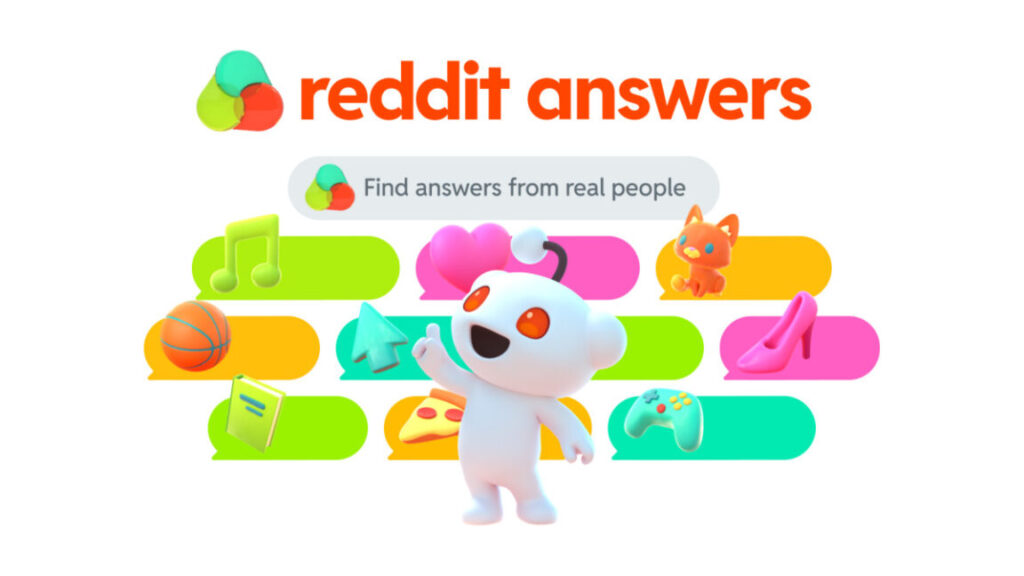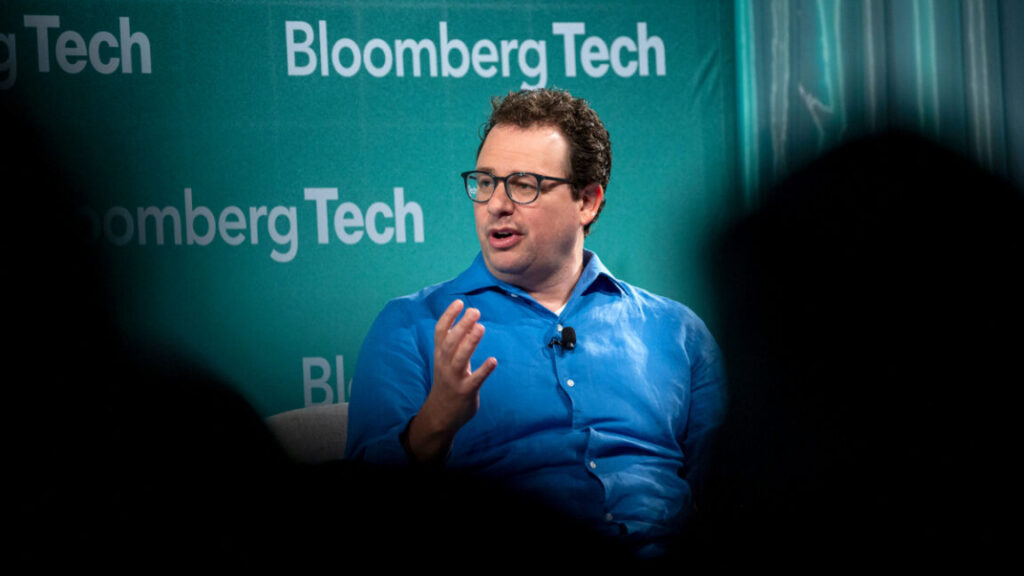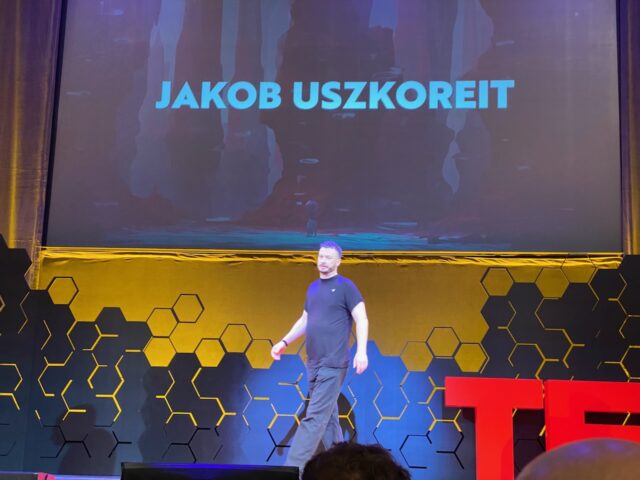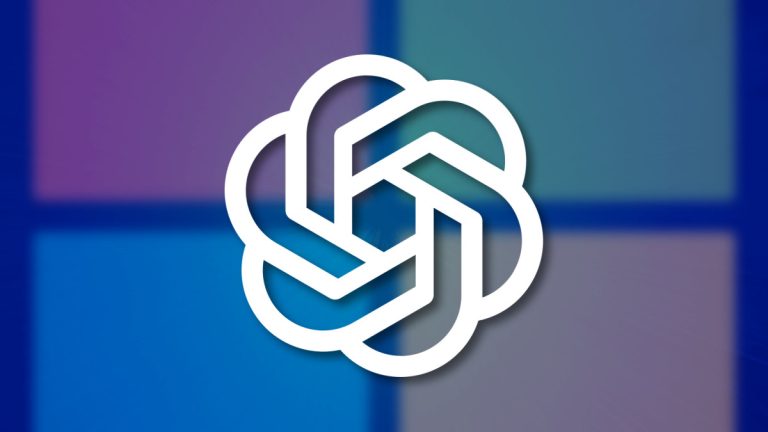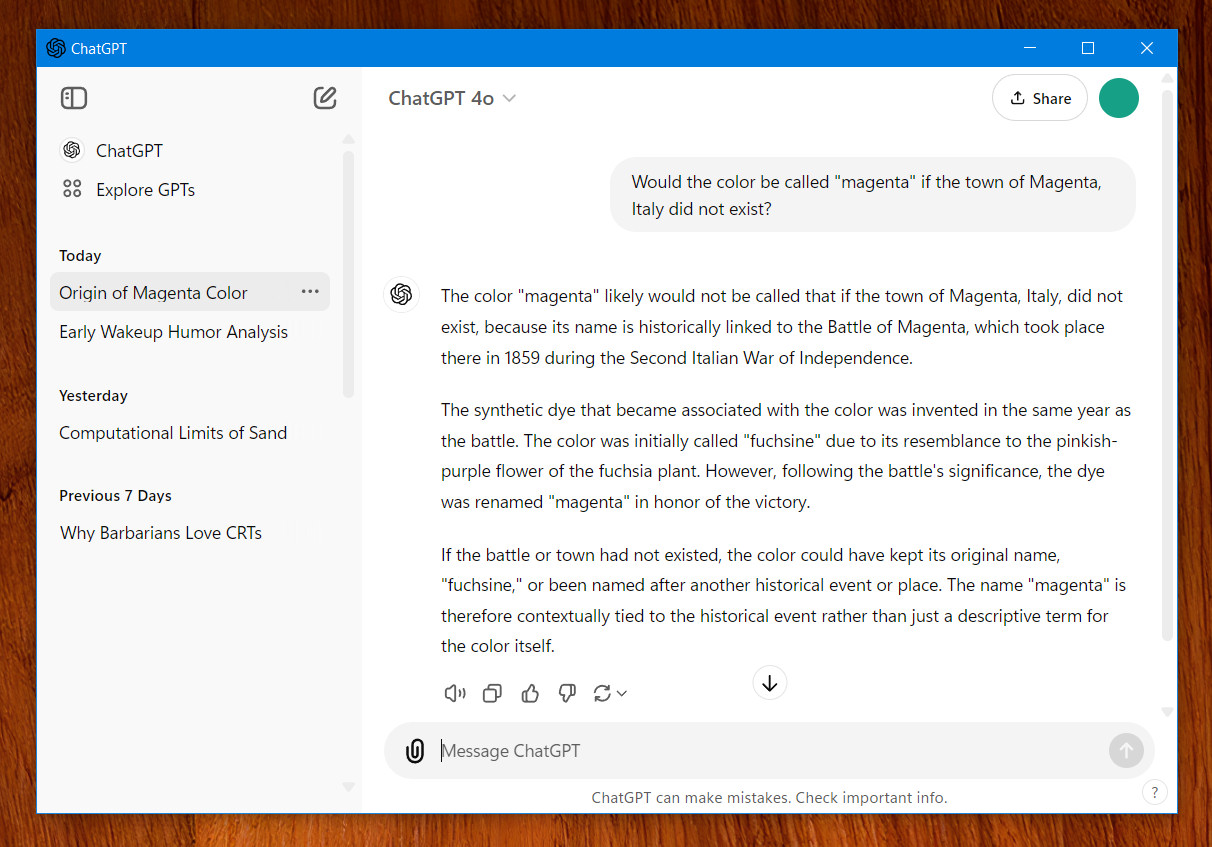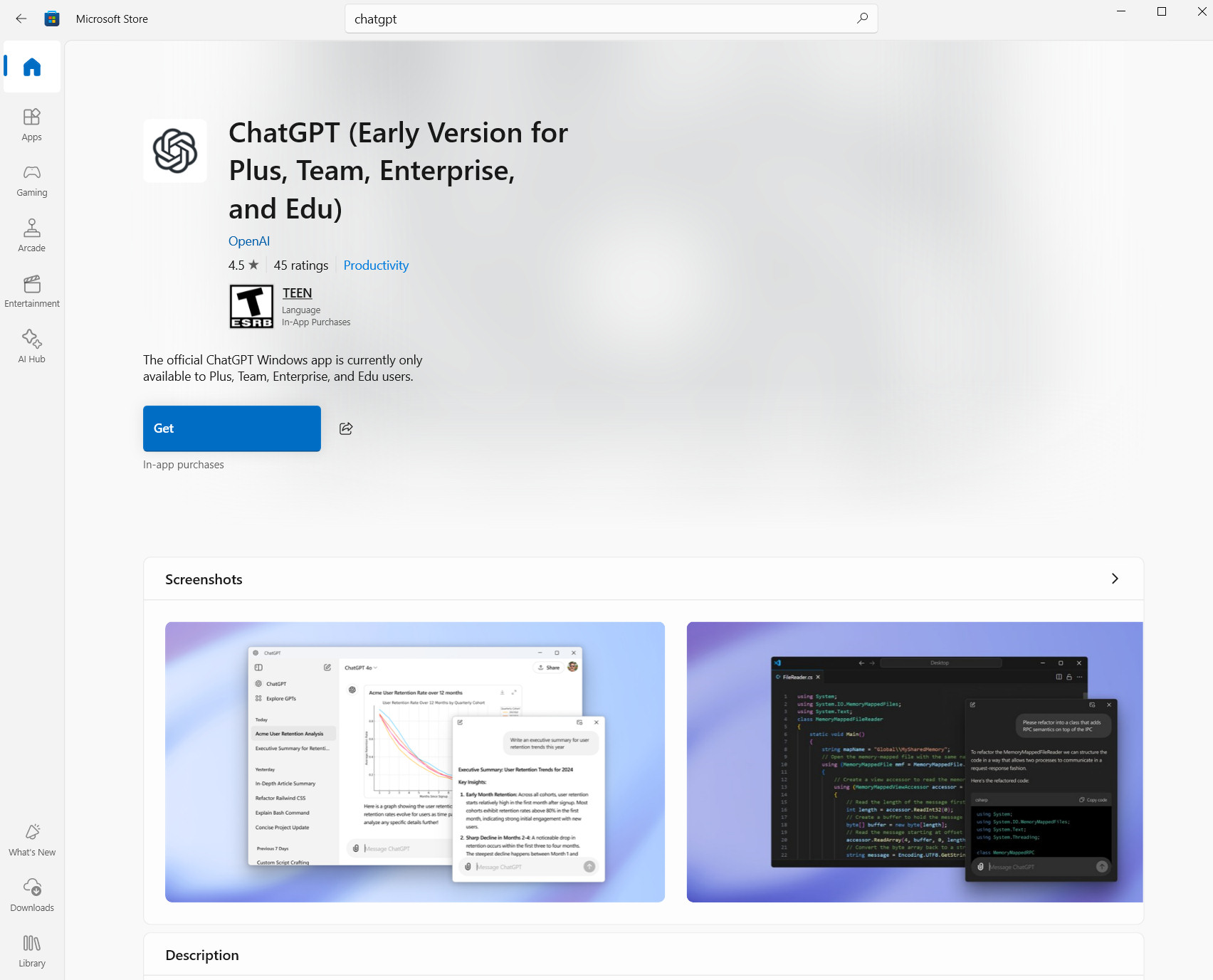Reddit debuts AI-powered discussion search—but will users like it?
The company then went on to strike deals with major tech firms, including a $60 million agreement with Google in February 2024 and a partnership with OpenAI in May 2024 that integrated Reddit content into ChatGPT.
But Reddit users haven’t been entirely happy with the deals. In October 2024, London-based Redditors began posting false restaurant recommendations to manipulate search results and keep tourists away from their favorite spots. This coordinated effort to feed incorrect information into AI systems demonstrated how user communities might intentionally “poison” AI training data over time.
The potential for trouble
While it’s tempting to lean heavily into generative AI technology while it is currently trendy, the move could also represent a challenge for the company. For example, Reddit’s AI-powered summaries could potentially draw from inaccurate information featured on the site and provide incorrect answers, or it may draw inaccurate conclusions from correct information.
We will keep an eye on Reddit’s new AI-powered search tool to see if it resists the type of confabulation that we’ve seen with Google’s AI Overview, an AI summary bot that has been a critical failure so far.
Advance Publications, which owns Ars Technica parent Condé Nast, is the largest shareholder of Reddit.
Reddit debuts AI-powered discussion search—but will users like it? Read More »
